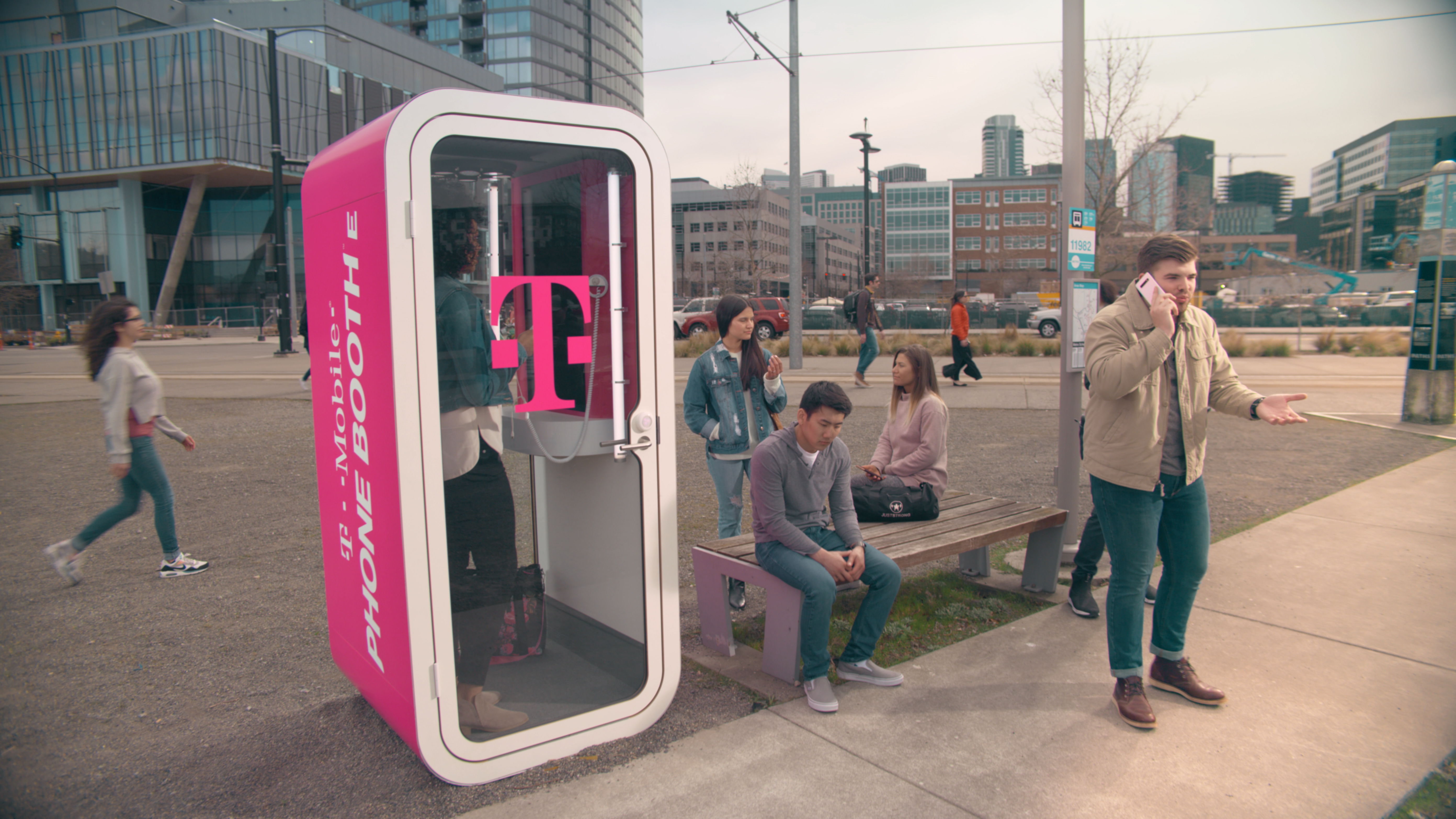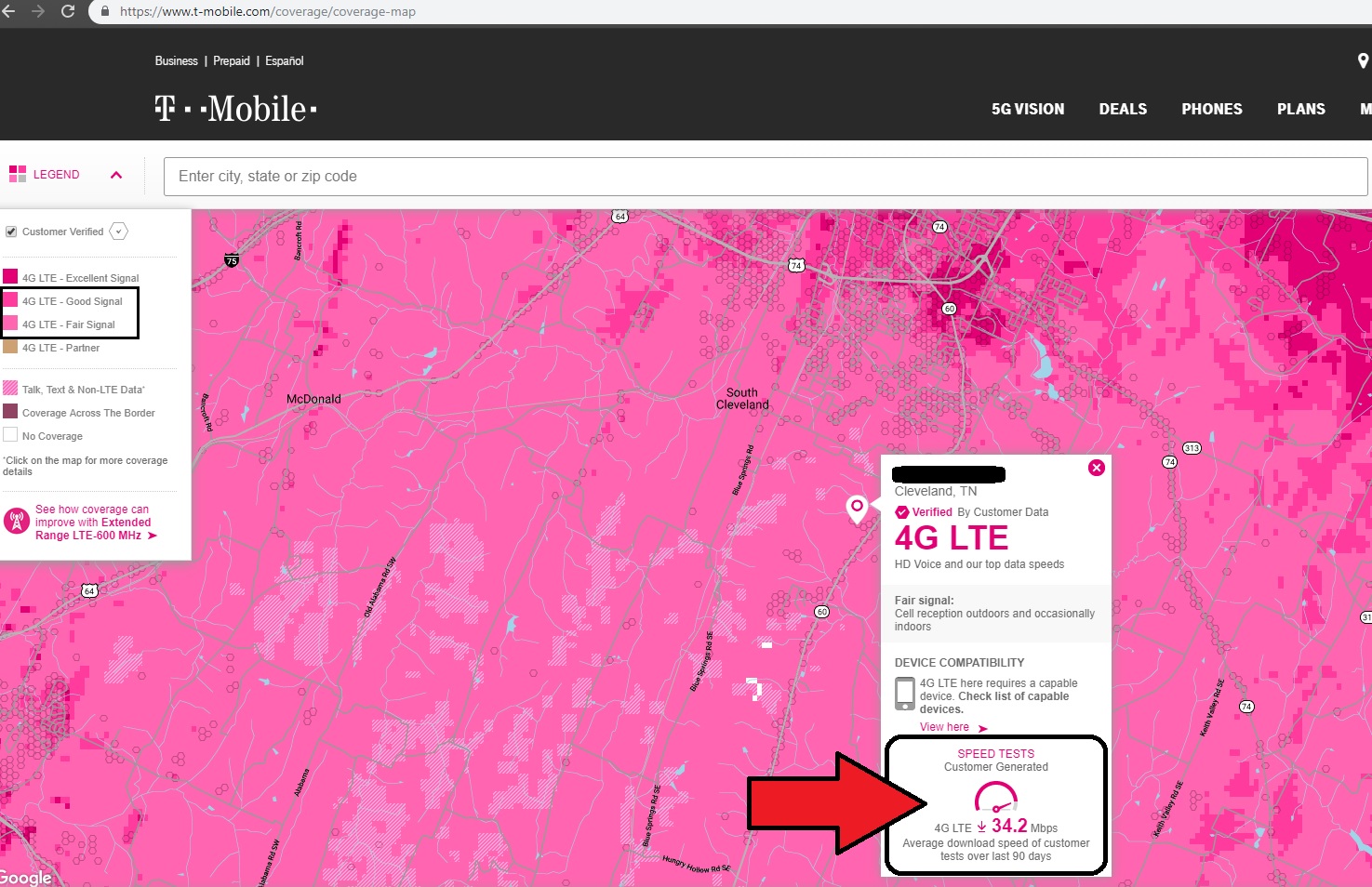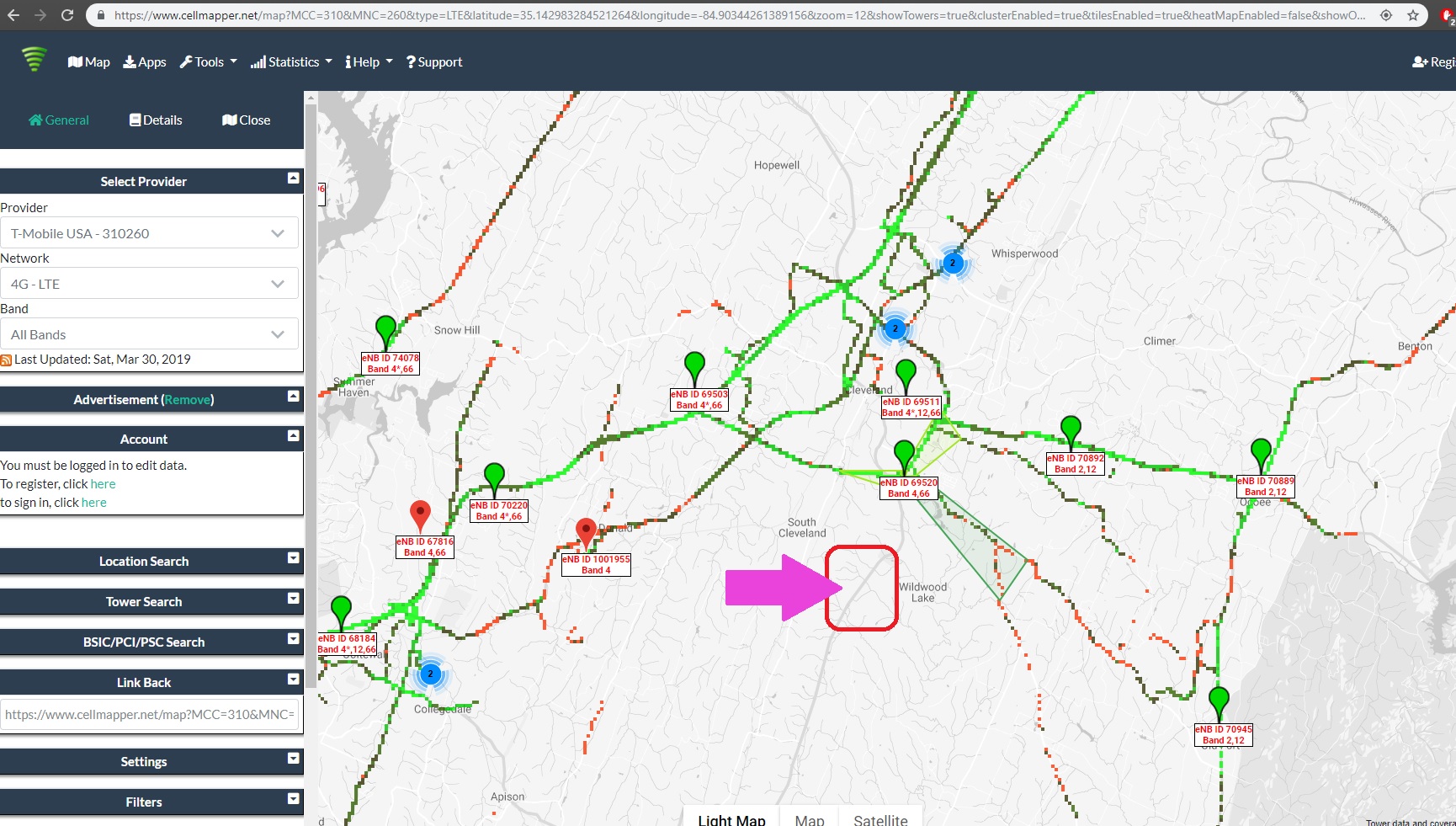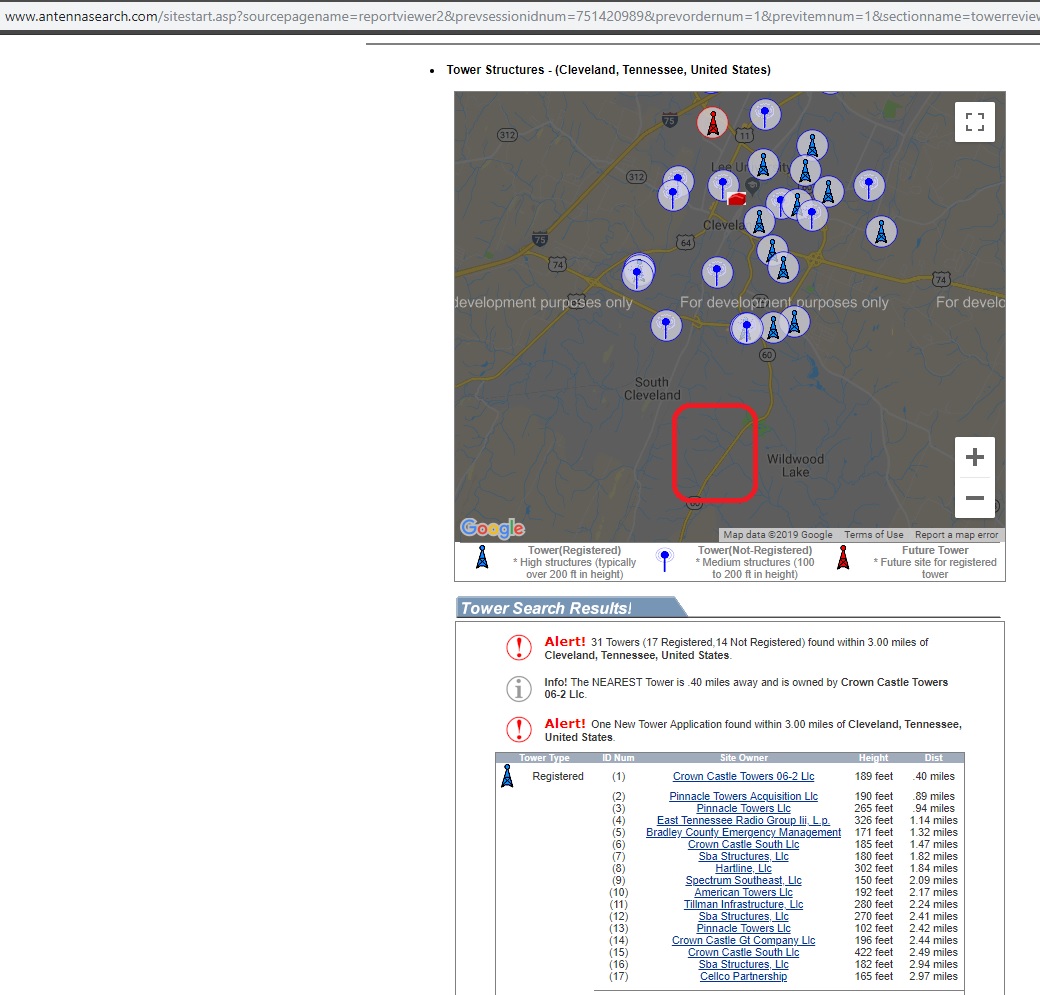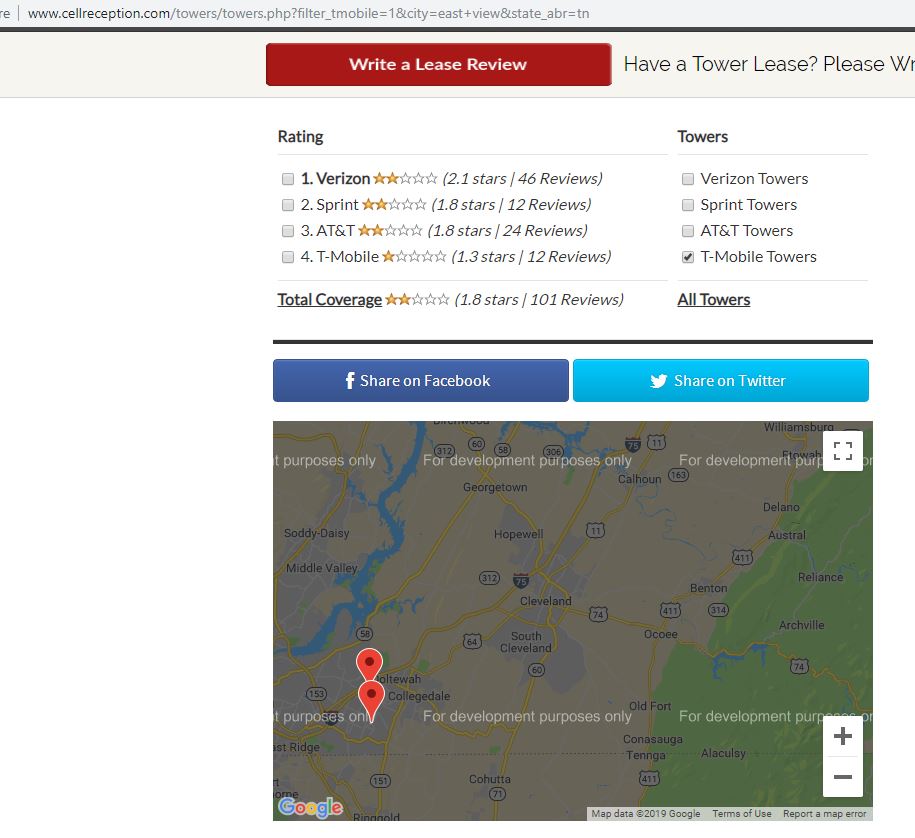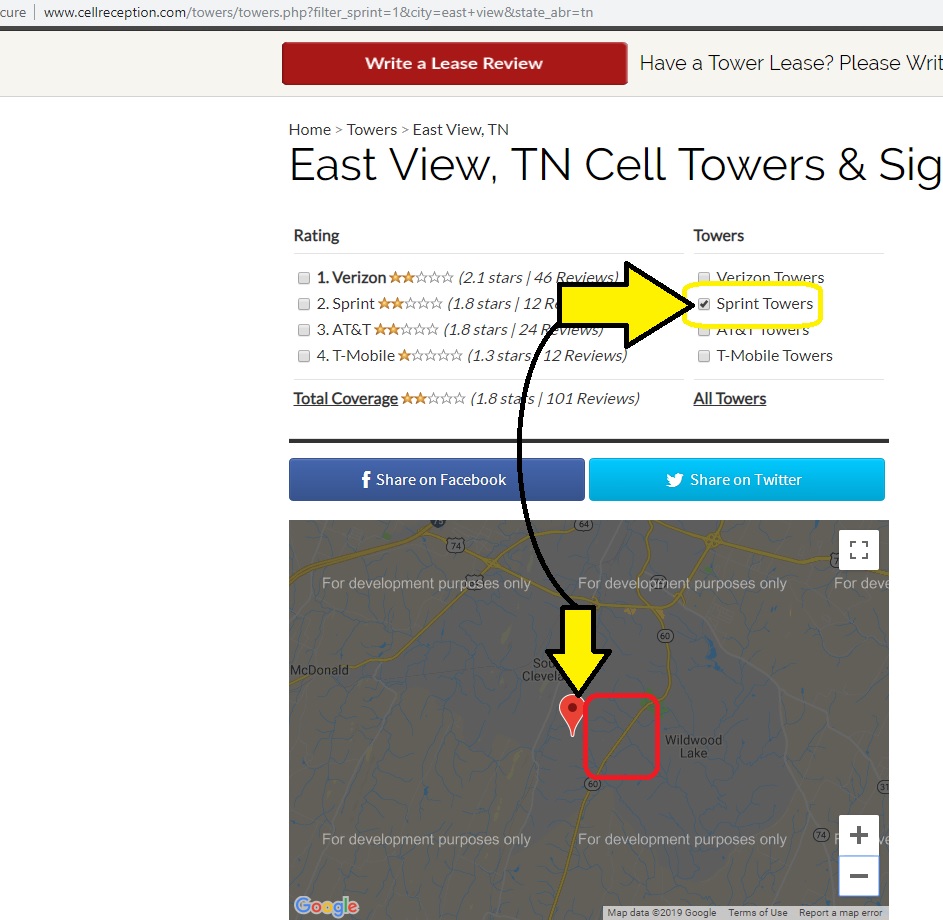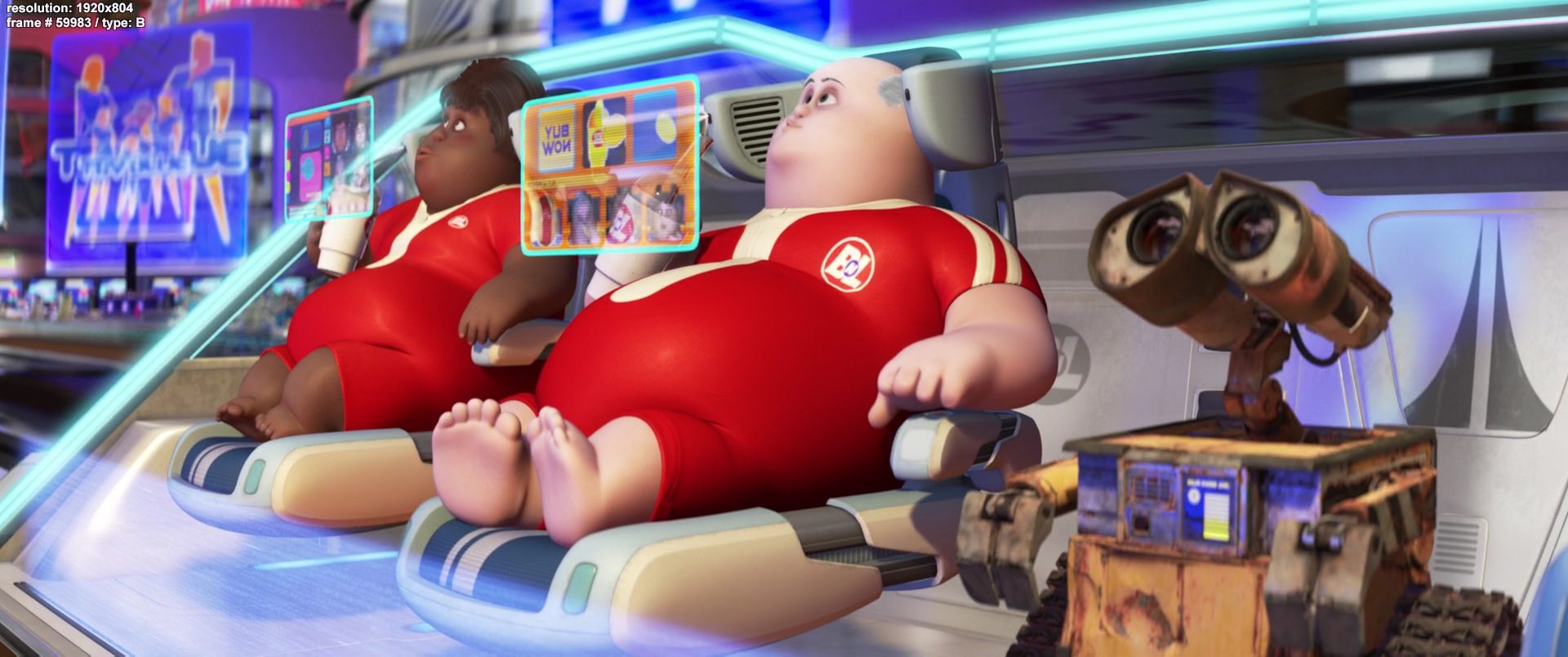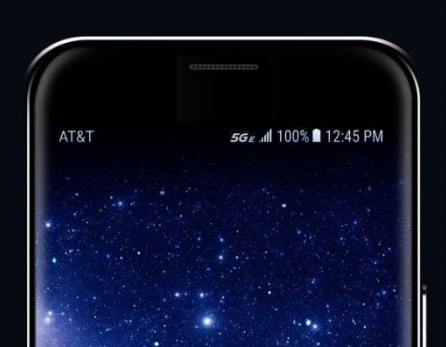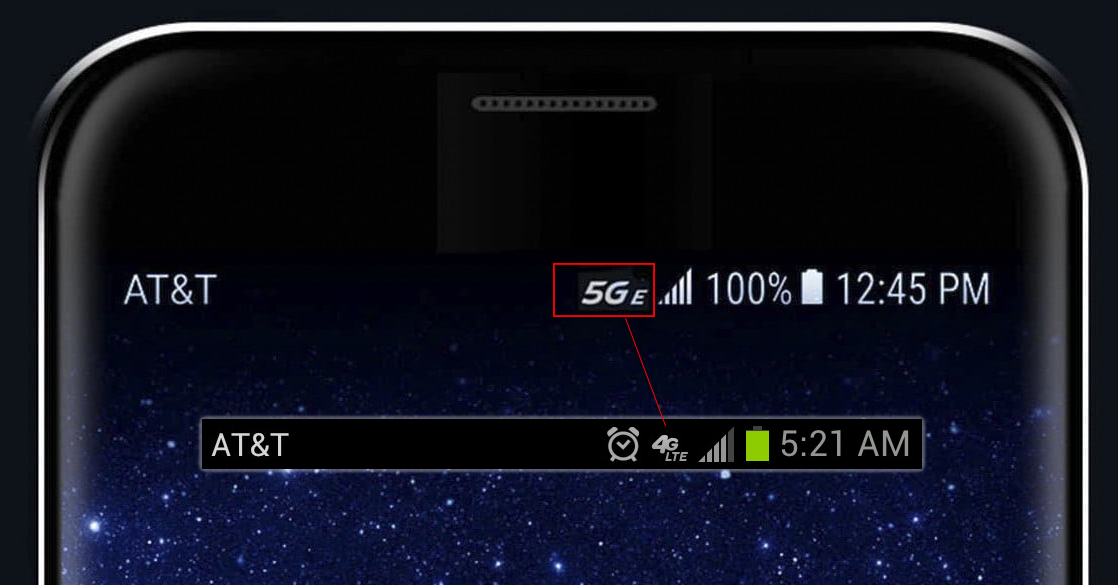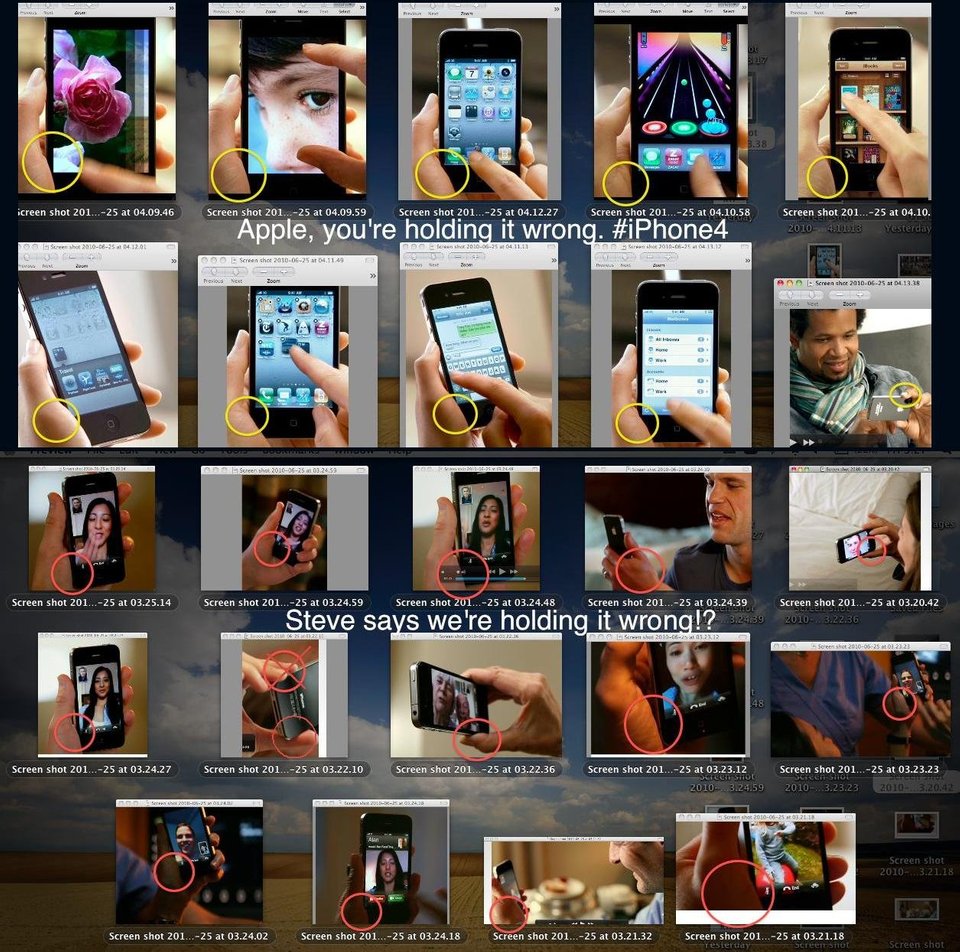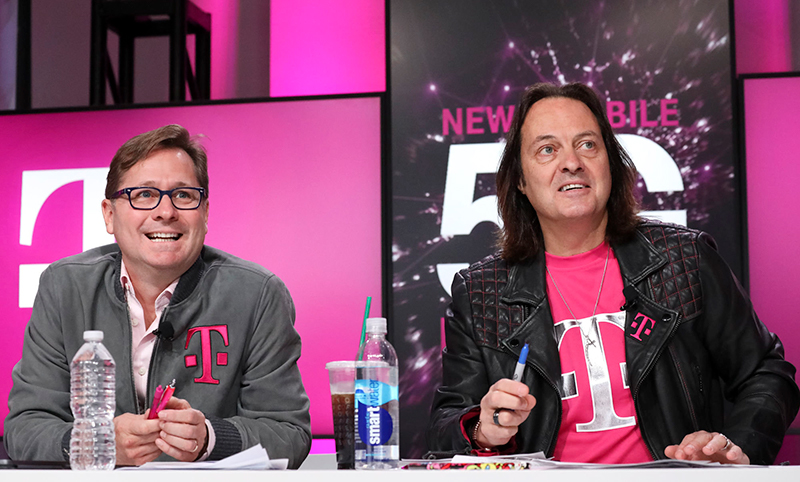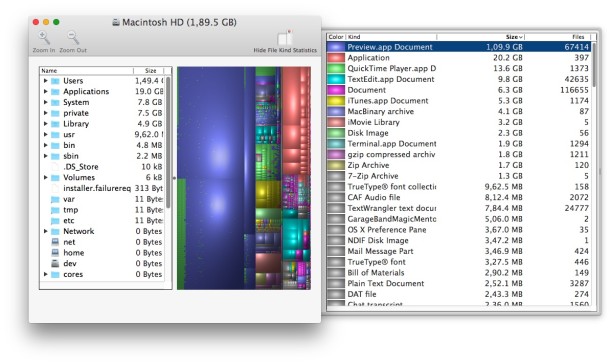As I sit and write this, I find myself having a hard time with the “church” and it’s current apathetic views on the mid-week service. I want to give you a general view of my opinion on Wednesdays and open this up for discussion. As a piece of background, I grew up in an independent bible believing baptist church. As a child, I was in church, basically every time the doors were open. This meant for me, every Sunday AM and PM service and every Wednesday PM service and if there was anything else available, my mother would make sure to make it a priority in our lives, as I was growing up. So as a teenager and into my very early 20s, while I was still attending my church, I continued that behavior, just basically out of a combination of desire and habit. I have been on several mission trips with our church due to this, as well as many summer camps and other events.
After my early 20s, I moved away from home for about 12-13 years and just recently came back in 2017. After coming back, I retained my job out of town and traveled back and forth between the job and “home”, but rejoined my home church after the 13 years of absence. It was a bit jarring for me as, many of the people I grew up with had moved on in some shape or fashion. The church I remember had changed faces and it was a bit different for me, but it still had the same overall “vibe”, if you will. Even though there were a number of people who had moved on, there were just enough of the “originals”, that I could easily, jump back in and not really have to worry about re-introducing myself. I had over the 12-13 years, even been on a few more mission trips and even stopped in for a few visits randomly. So it wasn’t like I was completely absent for the entire time.
I joined a class of folks that were familiar to me, even though a portion of the class was brand new to me, but as my life has always been able to adapt to changes, it really didn’t bother me. I did however, this time around, feel a bit of a change in the air. This time, I was returning as an adult, and no longer a teenager or young adult, hidden away from the goings on of the church. So I began to dig a little deeper and as I found out, our numbers were slowly declining on Sunday PM and Wednesday PM services. There were a large number of our members that were Sunday AM people only. The PM service would really get anywhere between 50-75% of the Sunday AM service and Wednesdays, it would basically only be about 25% of the entire congregation.
Was I the only one that saw this? Was I the only one who cared? I even asked around and even criticized the fact that our numbers were so low to comparison of what I vaguely remember as a young adult. I remember being a part of the youth group and the church being somewhat larger than what we currently have. Had we lost numbers due to the pastor? Had we lost numbers due to apathy? Had we lost numbers due to busyness outside of the church? Had the members work lives taken precedent over what the church was offering? I am not here to define what the exact problem or issue is. I am only here to start a discussion and see if this is happening in your church or your congregation. I would like to offer up some ideas to start the conversation, so if you want to join, please feel free to read on and comment below.
Getting Rid of Services
I spoke with a few friends of mine in our class at a recent outing that we had after church this last week. I did find it funny, that some of those members were not at service, but still came to the outing (I’m not calling anyone out, but just wanted to point it out). After getting to the outing, I brought up this particular subject, on the fact that not many members are attending evening services and sticking only to the Sunday AM service. It was brought to my attention that there are other churches, though it did not seem like many, but I could be wrong (feel free to comment below) that are currently ditching their Wednesday PM services during the summer. This seemed to be under the ‘guise’ of summer activities and other family things that families might do that might cause them to miss regular services. Since this happened to a large number of their members in the congregation, the church would suspend Wednesday services throughout the summer until, what I assume would be when school started back up.
It was also brought to my attention, that some of our group, might even like to suspend church on Sunday PM services all together as in addition to the Wednesday evening services all together, in the name of at home “get togethers” or discipleship groups during the week. They would much more appreciate the church, if it was held only on Sunday mornings and they didn’t have to attend the building again until the following week. They wouldn’t want to get rid of church all together, but help “strengthen” the church by moving the small groups to each other’s homes for the other services. This in theory, would help grow the church and help smaller groups “bond” due to the community of the idea. If you are at each other’s houses, this would help each other understand each other better, on a personal level I suppose.
Now, don’t get me wrong, I don’t mind the underlying idea of a community, in that aspect, but I have a bigger problem with getting rid of the Sunday and Wednesday evening services. I grew up in the idea that we were at church every time the doors were open and try to attend as much as you can outside of the standard 3 services, as we were growing Christians and needed such stability and teaching. As an adult, I much appreciate it and still continue this, as much as I can. (Just as an aside, I have to admit, my current job is keeping me away from Sundays all together and I hate it, and have been applying for other jobs that I can get a M-F schedule) I find that if I were to attend church at a friend’s house or have those “get togethers”, it would be much too laid back and it may not be the focus that I need.
I compare this idea of “at-home-church” as the same that I do when I work from home. It’s a completely different vibe and how you handle yourself. If there isn’t the church preacher and maybe not even a leader, then we are all just friends “hanging out”, no different than the dinners that we sometimes have after a service. We may very well start out strong, but I feel that without the structure of church, you can’t REALLY, get into a heart of worship. I know that you can however, be in a spirit of prayer, if you are using the time to pray and learn about each other’s lives, but I feel that may miss the whole aspect of church. I understand the premise behind small groups at home, but I again, feel like overtime, this would degrade the overall attitude of church and would eventually boil down to just “hangout” time with your “church” friends or as some may call it, a support group.
What are your thoughts or ideas on removing services?
As stated above, I just feel that having a scheduled service time, that is always a Sunday AM, PM and Wednesday evening service, sets a precedent that these are your times that are ALWAYS available to you as a member of the church. At the church level, we should NEVER get rid of any of these times, as these are structured times in which you can count on the church being open and have other like minded members available at your disposal to congregate with and learn from. If the church were to get rid of these times, it lessens it’s impact in the community and it’s power to help share the gospel on a nearly consistent basis. I am told that it is partly because I am a person of tradition and I can understand that. I also feel that tradition sometimes, can get in the way of gospel being shared, because we are human and like tradition, structure and organization. We need to be able to be flexible in those times and sometimes allow the Holy Spirit to work though us or around us in the service. (We don’t have to always end when the hour is up!)
I struggle with the idea of getting rid of the other services, but would love open feedback and maybe even discussion in this particular topic. I will end this article with the verse that I base most of this ‘argument’ on, Hebrews 10:25.
“Not forsaking the assembling of ourselves together, as the manner of some is; but exhorting one another: and so much the more, as ye see the day approaching. “


